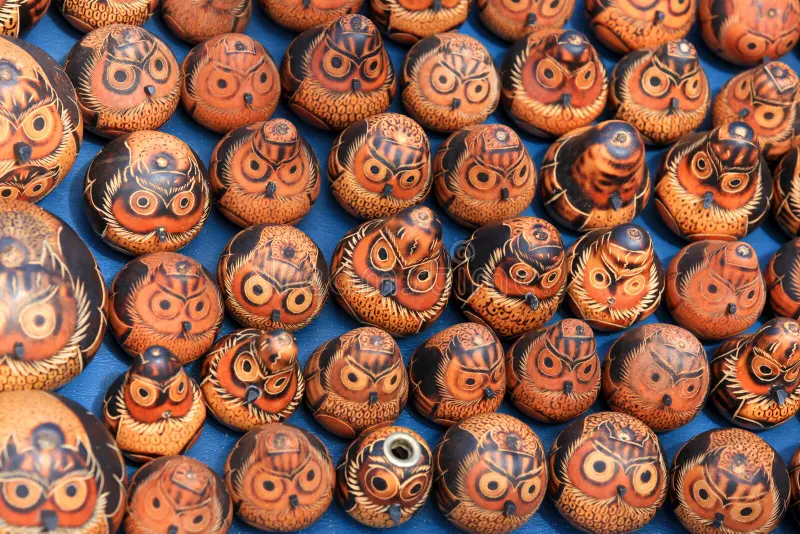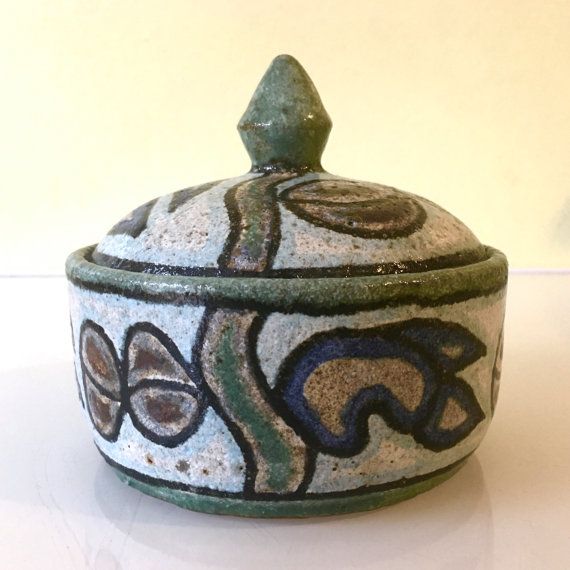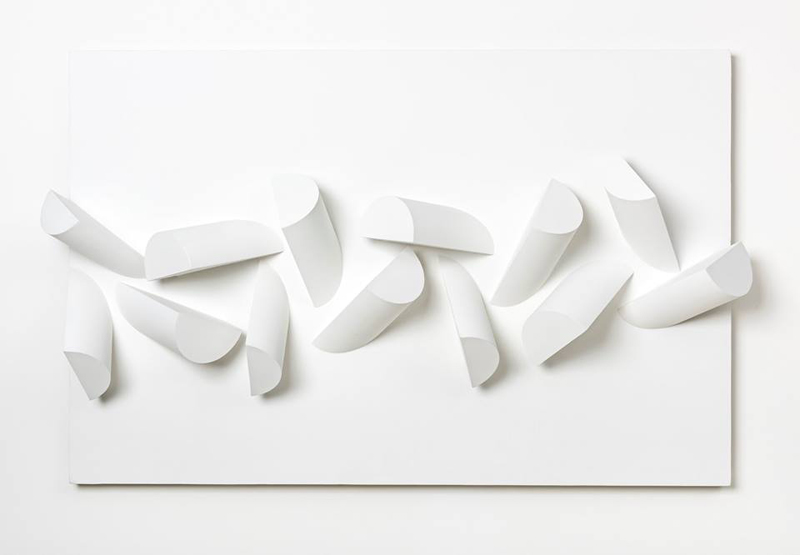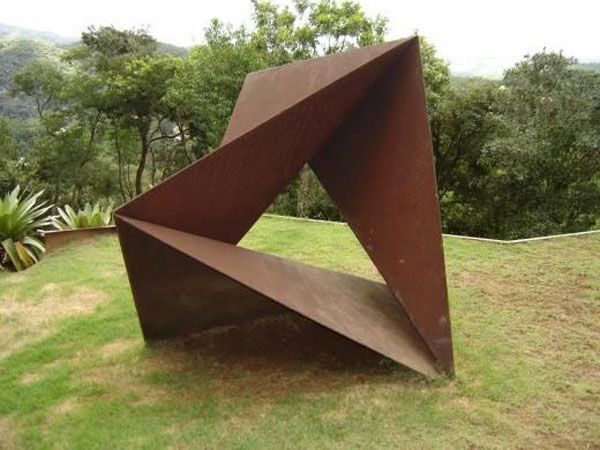
About Us
It's not just a dream, it's our mission. We've always been passionate about crafting articles that inspire a beautiful and inviting atmosphere, both inside and outside your home. But for us, aesthetics go hand-in-hand with ethics. We offer climate-friendly, vegan, and sustainable products, because a humane story behind what you bring into your space isn't optional – it's the only way we operate.
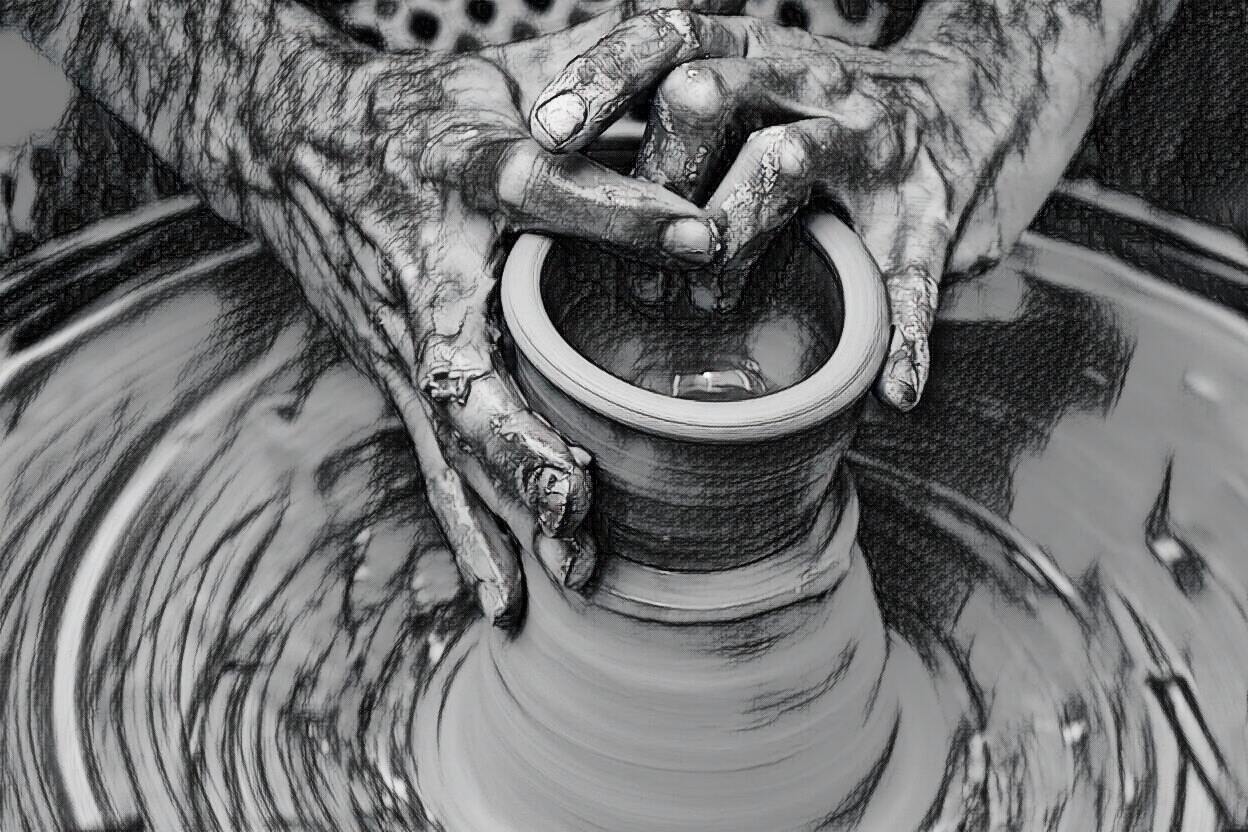
How It Works
Humane Social Responsibility(HSR) is the new Corporate Social Responsibility(CSR).

A to Z Guide
A path to connect with other people, precious planet (our environment) and passion to create / be a part of something extraordinary.
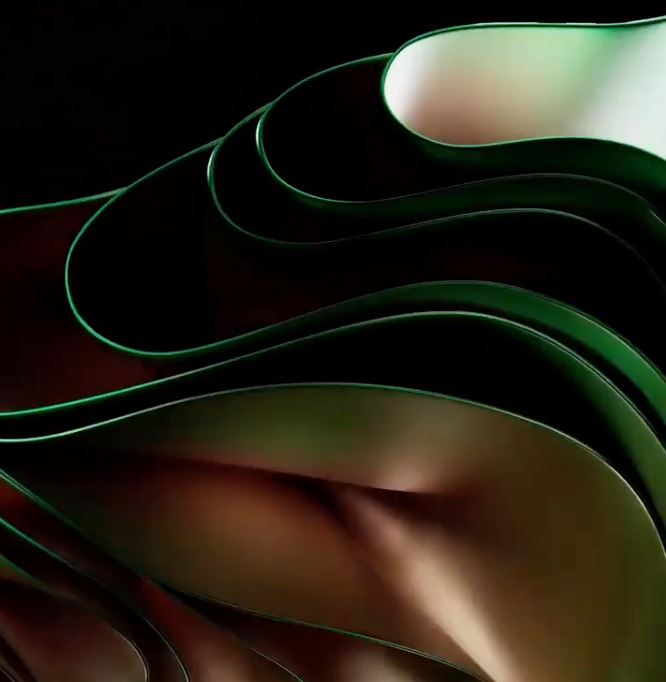
Our Humane Articles and Accessories
We believe in a global touch. From design to launch, every step - material sourcing, production, packaging - involves people from different continents. Our creations are truly handmade and humane, bringing happiness to the makers, a unique experience to the users, and inspiration to all. We value everyone in the process, from those who source sustainable materials to those who hand-wrap the final product, ensuring recognition for the extraordinary craftsmanship and eco-conscious choices.

Idea, Perspective, and Spirit
Delve into a realm of inspiring ideas, thought-provoking perspectives, and uplifting spirits. Our curated collection of articles, essays, and interviews will challenge your thinking, broaden your horizons, and leave you feeling empowered. Explore diverse viewpoints, engage in stimulating conversations, and discover new ways to connect with the world around you.

Meaningful and Joyful Collaboration
Embrace the transformative power of collaboration and embark on a journey of creativity, connection, and shared purpose. Our collaborative projects foster meaningful partnerships, spark innovative ideas, and amplify the impact of our collective efforts. Join us as we co-create a world where collaboration is the foundation for positive change.

Licensing Intellectual Property
Unlock the potential of intellectual property by partnering with us to license our innovative ideas, creative content, and proprietary technologies. We offer a range of licensing opportunities that align with your business goals and enable you to reach new markets and audiences. Explore our diverse portfolio of intellectual property and discover how our expertise can contribute to your success.
